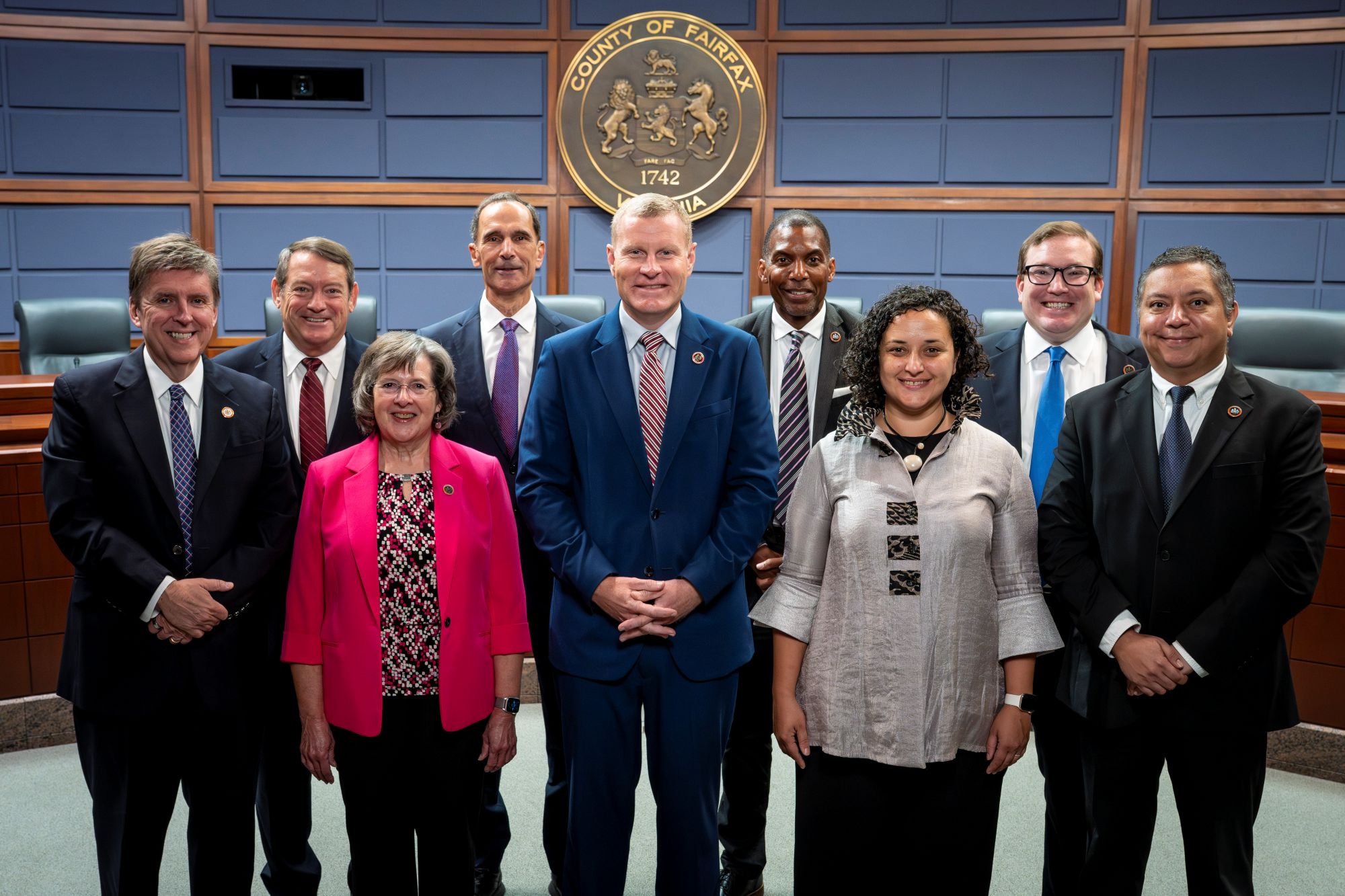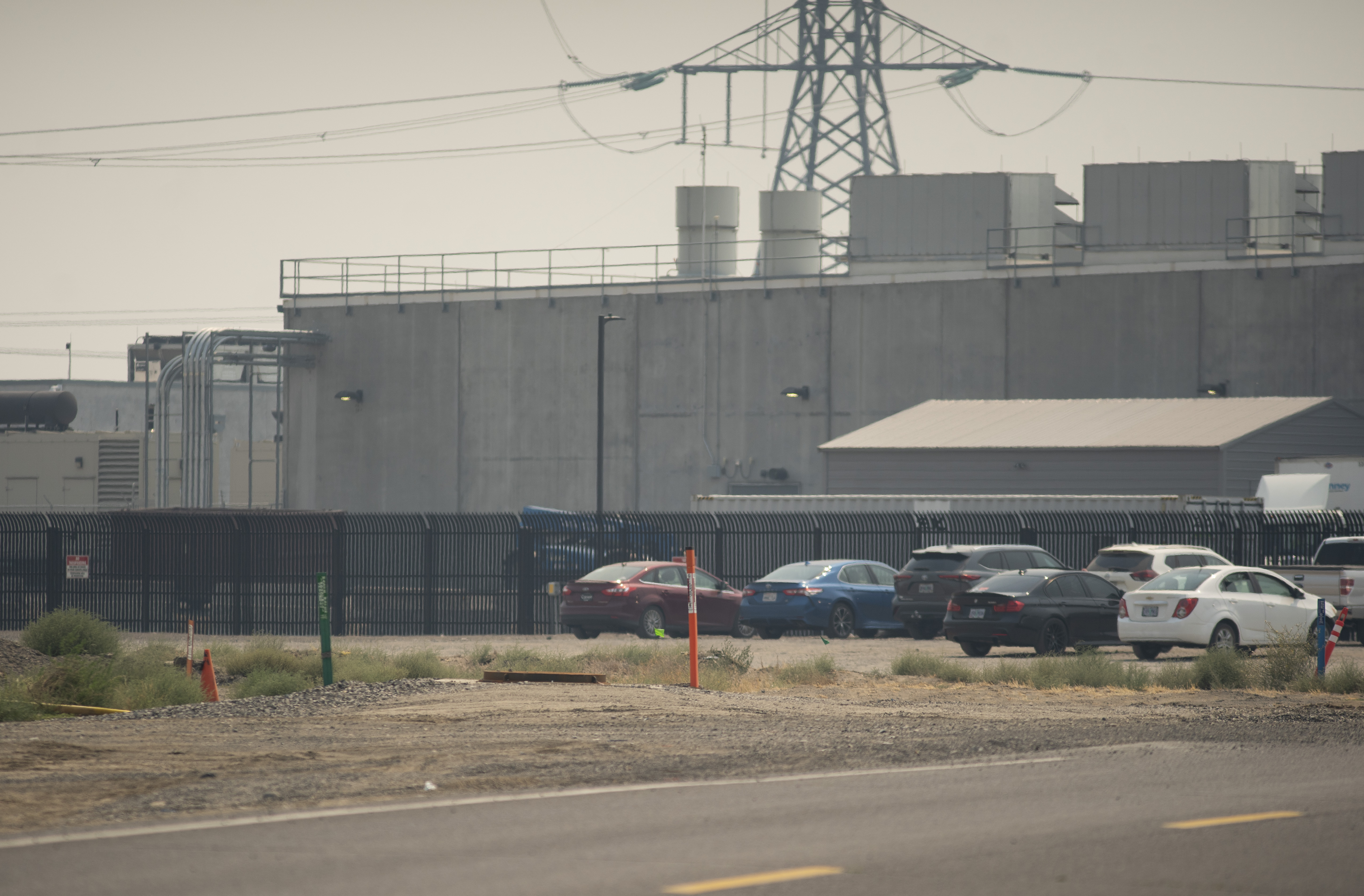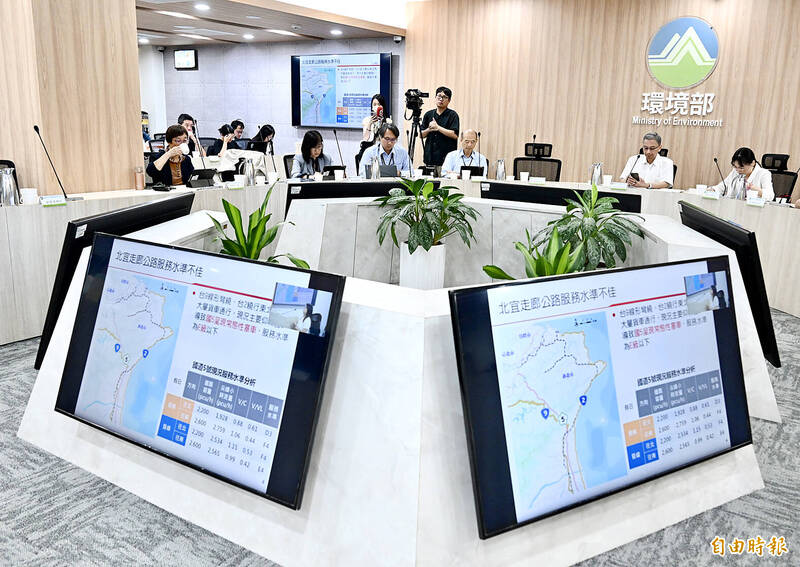Report on Waste Management Transition in Forward Township and Alignment with Sustainable Development Goals
Introduction: A Shift in Municipal Solid Waste Management
Forward Township is undergoing a significant transition in its municipal solid waste management strategy. After nearly three decades, a host municipality fee agreement with Kelly Run Sanitation, which provided complimentary refuse services, is concluding. This change will directly impact approximately 1,390 residential properties, necessitating a new framework for waste collection that aligns with modern sustainability principles.
SDG 11: Sustainable Cities and Communities
The township’s actions directly address SDG 11, Target 11.6, which aims to reduce the adverse per capita environmental impact of cities, with a special focus on municipal waste management. As the Kelly Run Landfill approaches its operational capacity, the township is proactively ensuring the continuity of essential services.
- Action: The township administration has initiated a public bidding process to secure a new waste management contract.
- Objective: To establish a new, reliable system for the collection, removal, and proper disposal of all residential garbage, rubbish, and other solid waste.
- Contract Details: The proposed contract will be for a three-year term, commencing September 1, with weekly collections scheduled for Wednesdays between 6 a.m. and 6 p.m.
SDG 12: Responsible Consumption and Production
The closure of the landfill highlights the critical importance of SDG 12, particularly its targets on waste reduction and environmentally sound management.
- Target 12.5 (Waste Reduction): The landfill reaching its limit serves as a tangible indicator of long-term consumption patterns. The transition from a free to a paid service model may incentivize households to adopt waste reduction, reuse, and recycling practices.
- Target 12.4 (Environmentally Sound Management): The Kelly Run Landfill, operated by Waste Management, has evolved its practices in line with this target.
- The facility now exclusively serves as a disposal site for nonhazardous solid waste, including municipal, construction, and demolition debris.
- Historically, the 35-acre Western Disposal Area and the 17-acre Old Waste Area involved co-disposal of hazardous wastes. These areas have since been capped and closed under the oversight of the state Department of Environmental Protection (DEP), mitigating environmental and health risks.
SDG 3 & SDG 17: Good Health, Well-being, and Partnerships
The township’s waste management strategy is intrinsically linked to public health and the effectiveness of strategic partnerships.
- SDG 3 (Good Health and Well-being): By ensuring the proper closure of historical waste sites and contracting for continuous, professional waste disposal, the township actively works to protect its citizens from potential environmental contamination and health hazards, aligning with Target 3.9.
- SDG 17 (Partnerships for the Goals): The original 1996 agreement between Forward Township and Kelly Run Sanitation is a long-standing example of a public-private partnership. The current competitive bidding process represents the formation of a new partnership to achieve sustainable development objectives in waste management.
Procedural Timeline and Outlook
The transition to a new waste management provider is proceeding on a defined schedule.
- A public advertisement seeking bids for refuse service was placed on June 9.
- The deadline for bid submission was July 1.
- Bids are scheduled to be opened on the morning of the upcoming Monday meeting, with a formal vote to select the provider during the 7 p.m. public meeting.
- The new service contract is set to begin on September 1.
- Waste Management anticipates the final closure of the Kelly Run Landfill in the late third or early fourth quarter of the year.
Sustainable Development Goals (SDGs) Addressed in the Article
-
SDG 11: Sustainable Cities and Communities
This goal is central to the article, which focuses on a fundamental municipal service: solid waste management. The impending closure of the Kelly Run Landfill forces Forward Township to find a new, sustainable solution for refuse collection for its 1,390 homes, directly addressing the challenge of maintaining a clean and functional community.
-
SDG 12: Responsible Consumption and Production
The article touches upon the entire lifecycle of waste. The landfill reaching capacity highlights the consequences of production and consumption patterns. Furthermore, the mention of past hazardous waste disposal and its subsequent safe management under environmental oversight directly relates to the environmentally sound management of all wastes.
-
SDG 3: Good Health and Well-being
This goal is relevant due to the discussion of hazardous waste. The article notes that a 35-acre area where hazardous wastes were co-disposed has been “capped and closed under state Department of Environmental Protection oversight.” This action is a direct measure to prevent soil and water contamination, thereby protecting residents from potential health risks associated with hazardous materials.
Specific SDG Targets Identified
-
Target 11.6: By 2030, reduce the adverse per capita environmental impact of cities, including by paying special attention to air quality and municipal and other waste management.
The entire article revolves around this target. Forward Township is actively engaged in “municipal and other waste management” by seeking bids for a new refuse provider. Their goal is to ensure the “collect, remove and properly dispose of all garbage, rubbish and other solid waste” for the community after the current free service ends.
-
Target 12.4: By 2020, achieve the environmentally sound management of chemicals and all wastes throughout their life cycle… and significantly reduce their release to air, water and soil in order to minimize their adverse impacts on human health and the environment.
The article provides a concrete example of this target being met. It states that the areas of the landfill where hazardous wastes were disposed of have been “capped and closed under state Department of Environmental Protection oversight.” This represents the environmentally sound management of historical waste to minimize adverse environmental and health impacts.
-
Target 12.5: By 2030, substantially reduce waste generation through prevention, reduction, recycling, and reuse.
While the article doesn’t describe waste reduction activities, the core problem—the landfill reaching capacity—is a direct consequence of waste generation. The situation underscores the urgent need for measures aligned with this target to avoid similar issues in the future. The township’s search for a new disposal solution is a reaction to the outcome of insufficient waste reduction.
-
Target 3.9: By 2030, substantially reduce the number of deaths and illnesses from hazardous chemicals and air, water and soil pollution and contamination.
The safe closure and capping of the Western Disposal Area, which formerly accepted hazardous waste, is a direct action to prevent soil and water contamination. This measure, overseen by the Department of Environmental Protection, is crucial for protecting the local population from illnesses related to pollution from hazardous chemicals.
Implied Indicators for Measuring Progress
-
Indicator 11.6.1: Proportion of municipal solid waste collected and managed in controlled facilities out of total municipal waste generated, by cities.
This indicator is implied by the township’s actions. They are seeking a contract to handle refuse for “approximately 1,390 homes.” The objective is to ensure that 100% of the residential solid waste continues to be collected and managed in a controlled facility (a new disposal site) once the Kelly Run Landfill closes. The bidding process is a mechanism to achieve this.
-
Indicator 12.4.1: Number of parties to international multilateral environmental agreements on hazardous waste…that meet their commitments and obligations…
While the article discusses local and state-level action, it reflects the principle of this indicator. The fact that the hazardous waste areas were “capped and closed under state Department of Environmental Protection oversight” implies compliance with state-level regulations for hazardous waste management. This demonstrates a commitment to meeting environmental obligations, which is the essence of the indicator.
-
Indicator 12.5.1: National recycling rate, tons of material recycled.
The article implies the importance of this indicator through its absence. The landfill reaching full capacity is a tangible result of waste generation outpacing the capacity for disposal and, implicitly, recycling. The situation serves as a negative indicator, highlighting the consequences when waste reduction and recycling are insufficient to divert significant tonnage from landfills.
Summary of SDGs, Targets, and Indicators
| SDGs | Targets | Indicators (Mentioned or Implied) |
|---|---|---|
| SDG 11: Sustainable Cities and Communities | Target 11.6: Pay special attention to municipal and other waste management. | Indicator 11.6.1: Implied by the effort to ensure continued waste collection for all 1,390 homes, aiming for 100% of municipal solid waste to be collected and managed in controlled facilities. |
| SDG 12: Responsible Consumption and Production | Target 12.4: Achieve the environmentally sound management of chemicals and all wastes.
Target 12.5: Substantially reduce waste generation. |
Indicator 12.4.1: Implied by the adherence to “state Department of Environmental Protection oversight” for closing the hazardous waste area.
Indicator 12.5.1: The landfill reaching capacity serves as an inverse indicator, highlighting the problem that waste reduction and recycling aim to solve. |
| SDG 3: Good Health and Well-being | Target 3.9: Substantially reduce illnesses from hazardous chemicals and soil pollution and contamination. | Implied by the action of capping and closing the hazardous waste disposal area to prevent contamination and protect public health. |
Source: monvalleyindependent.com






